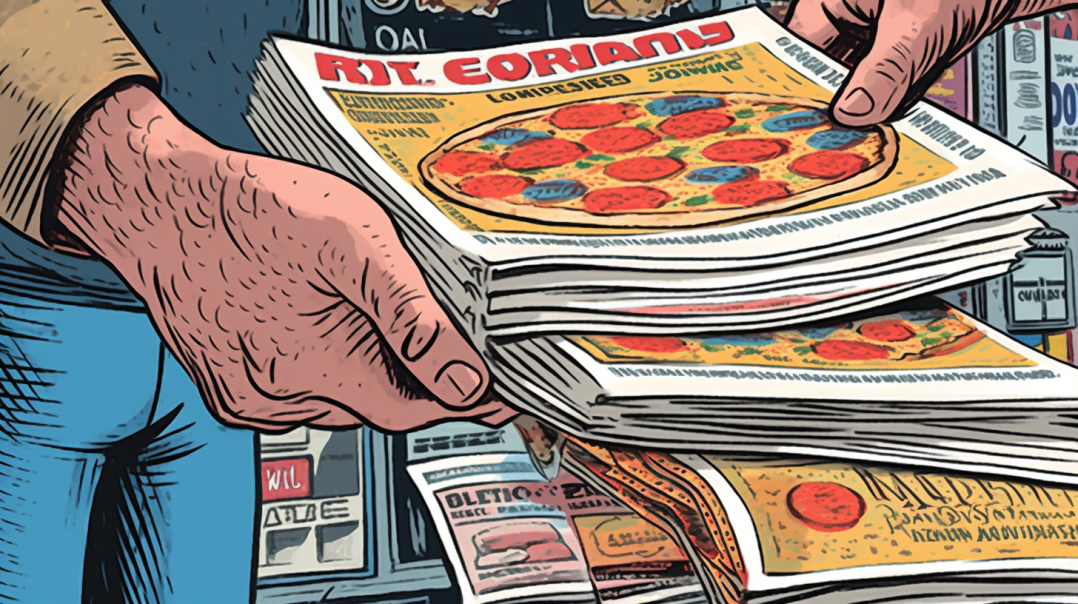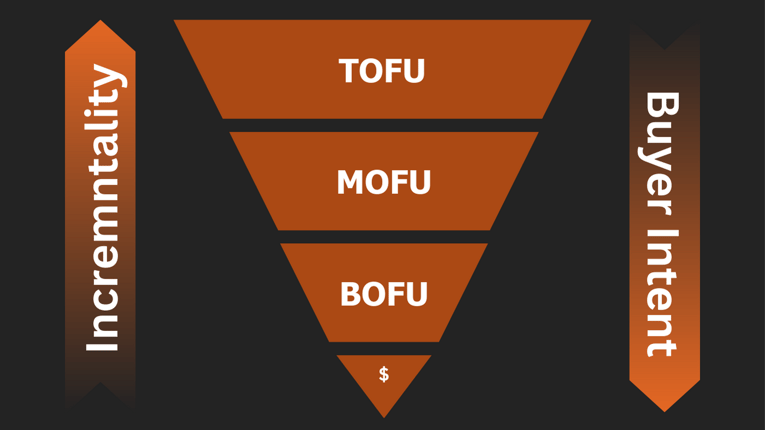Not-Scary Ways To Start Measuring Incrementality In Advertising
The last article defined what incrementality is and why it’s an important concept for advertisers...

One of the most important concepts you need to understand to evaluate advertising performance correctly is incrementality.
What is incrementality in advertising? Incrementality is the measure of how many sales or conversions your advertising drove that wouldn’t have happened otherwise. It’s the true lift in sales or leads generated by your ads. It can be harder to determine than you think.
You may wonder why this is an issue in the first place. Hasn’t digital advertising solved the problem of measuring conversions from an ad campaign? Surely I just need to look at my Google or Facebook ads account to see how many conversions my ads are generating?
The problem is that these ad networks often show ads to people who might have converted without seeing the ad, even though the ad network will still take credit for the conversion. In order to know the true value of your advertising, you would need to know how many conversions would have happened without the ads.
The world of medicine has a corollary here. If you’re testing a new drug on a group of people, you don’t just want to know how many people have positive outcomes after taking the drug. You want to know how many people have positive outcomes compared to the number of positive outcomes in a control group that received a placebo. That incremental lift is the true impact of the drug, or for a marketer, the impact of an advertising campaign.
Often, incrementality is communicated as a percentage that compares in-platform conversions attributed to ads to the true incremental lift of those ads. So if Google Ads reports 10 conversions, but you know only 5 were incremental, you’d say that campaign was 50% incremental.
Different types of ad campaigns will have different levels of incrementality depending on the ad creative, product, and target audience.
Consider the following illustration: You have a pizza shop in New York City, and you want to increase your sales. You decide the best way to do this is to run a promotion: 20% off! It’s a great deal! You print off coupons and hire a guy named Joe to go distribute them on the streets.
But now comes the critical question: where is the optimal place for Joe to hand out the coupons?
He starts by standing right outside the door of your pizza shop, handing out the coupons to everyone who comes in. At first, you get excited because everyone who buys pizza uses the coupon. The promotion is getting traction! However, at the end of day, you count up your sales and find out, to your surprise, that sales are about 15% lower than the same day last week. Your customers all used your coupon. Some of them may have purchased more pizza because of the discount, but overall you just took a 20% haircut on most of your orders. All those customers were heading into the pizza store and would have purchased without the coupon.
This is equivalent to what digital ad platforms do with a lot of retargeting advertising. If you tell Facebook to show ads to users who were already on your website, Facebook is going to find the users with the highest intent to purchase. It’ll show them an ad, and then when they make a purchase, Facebook will tell you proudly that it got you a conversion. However, many of these users would have converted even if they didn’t see an ad. This is an example of advertising with low incrementality. There is not much lift in your true sales, regardless of what the ad platform reports.
Going back to your pizza shop, the next day you’re frustrated by your previous day’s promotion so today you send Joe a long way away, all the way down to Central Park. It’s about 20 blocks away from your pizza shop. Surely, nobody there even knows your pizza shop exists, much less is planning on coming to it today. Hopefully the coupon will convince people to head your way.
Joe does his job and distributes the coupons and at the end of the day you count up your results. Only two customers brought a coupon to the store today. You talked to them when they came in, and they told you they’d never heard of your pizza shop before but made the trek because they wanted the discount. Great news, you got two new customers with your promotion! The bad news is that the two orders only came out to $45, and you paid Joe $250 for his day in Central Park handing out the coupons… oops.
This is an example of a campaign that has high incrementality. The target audience was so unaware of the business and low-intent that any conversions driven by the campaign were surely incremental. The percentage of people in Central Park that were planning on going anywhere near the pizza shop that day was very small. The downside is that when the target audience is so low-intent, advertising is not going to be effective at driving conversions, at least in the short term.
You’re losing hope in your coupon campaign, but you have one more test to run. Today, you give Joe your last stack of coupons and tell him to go walk down to the end of the block and stand on the corner. He hangs out there all day and hands out the coupons. This seems to work! Many of the customers who come in use the coupon, but not all of them. At the end of the day you count up the revenue and it turns out you’ve had a record sales day! You’re up 50% in sales compared to the same day last week. Your promotion turned a profit.
The people Joe gave the coupon to were all about to walk down your street and pass your store. Some of them may have already been coming to your store, but for most people, the coupon enticed them to stop now for lunch when maybe they had been planning on walking a couple more blocks first. Or maybe they were planning to go to the sushi restaurant next door, but the coupon convinced them to get pizza instead. The target audience for the promotion today was high-intent; they were all going to walk down your street. But the promotion was able to change enough people’s behavior that the incremental lift in sales was high.
This is an example of what you see with most types of search advertising. You get to show ads to users who are already searching for products and services that you offer. However, they probably aren’t aware of your business, and a large percentage of conversions reported by Google wouldn’t have happened if you had not run the ads.
Having an understanding of incrementality is critical for interpreting your advertising performance data correctly. Ad platforms do not care about incrementality. They will take credit for all the conversions they can, regardless of whether the customers would have purchased without ads.
Your branded search campaign that shows ads to people who are searching for your brand name shows a $10 cost per conversion, while your other search campaigns have a $150 cost per conversion. That does not mean that your brand campaign is driving more incremental conversions for your business. As in our pizza shop example, the brand campaign is showing ads to people who are already looking for you. Most of them would convert anyway. That doesn’t necessarily mean the brand campaign is unprofitable, but the incremental lift isn’t nearly as good as what the ad platform says.
The best rule of thumb for estimating the incrementality of a campaign is that the higher-intent the target audience, or the more familiar they are with your brand, the less incremental that campaign will be. In the pizza shop examples, handing out coupons right outside the shop door had almost 0% incremental lift. Handing out coupons in Central Park had 100% incremental lift. But the sweet spot for the pizza shop was handing out coupons on the corner of the block, where maybe the incremental lift was about 75%.

Again, it’s important to emphasize that high or low incrementality isn’t good or bad. There can be extremely profitable campaigns that have low incremental lift, and unprofitable campaigns that have high incrementality (our Central Park example).
But whenever you evaluate your ad performance based on in-platform conversion metrics, make sure to think about what type of audience is being targeted, and how incremental the ads might be. The campaigns that have a more expensive cost per conversion may actually be driving more incremental conversions.
So the next question you’re probably asking is: how can I measure the incremental lift from my campaigns? That will be the topic of next week’s post.
Subscribe below and you’ll get the article in your inbox when it drops. And if you’d like to chat more about how to better evaluate the performance of your advertising, reach out with the contact form, and I’d be happy to have a chat about your situation.
Sign up to get each Data Raven Blog post in your inbox.
The last article defined what incrementality is and why it’s an important concept for advertisers...
In the first part of our Advertising 101 series, I delved into the importance of first targeting...
Advertising strategy does not exist in a vacuum. Advertising strategies must be built to achieve...